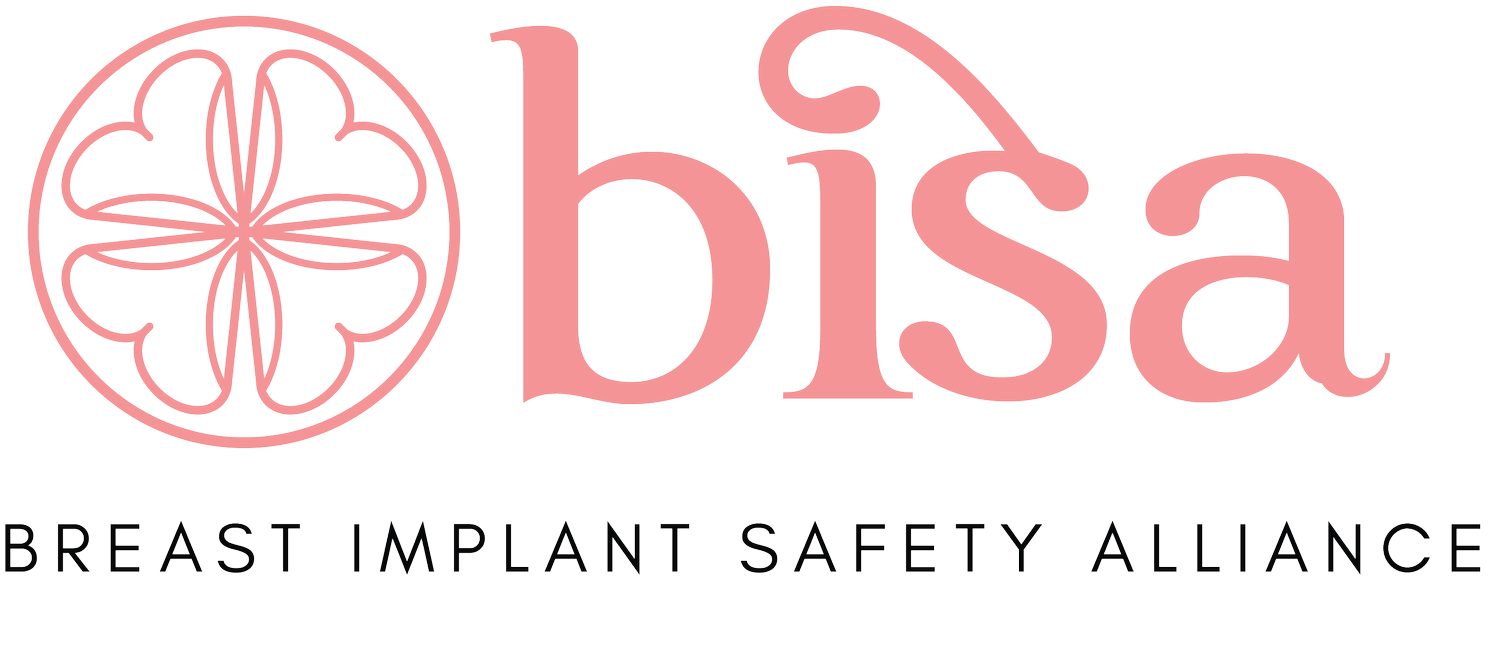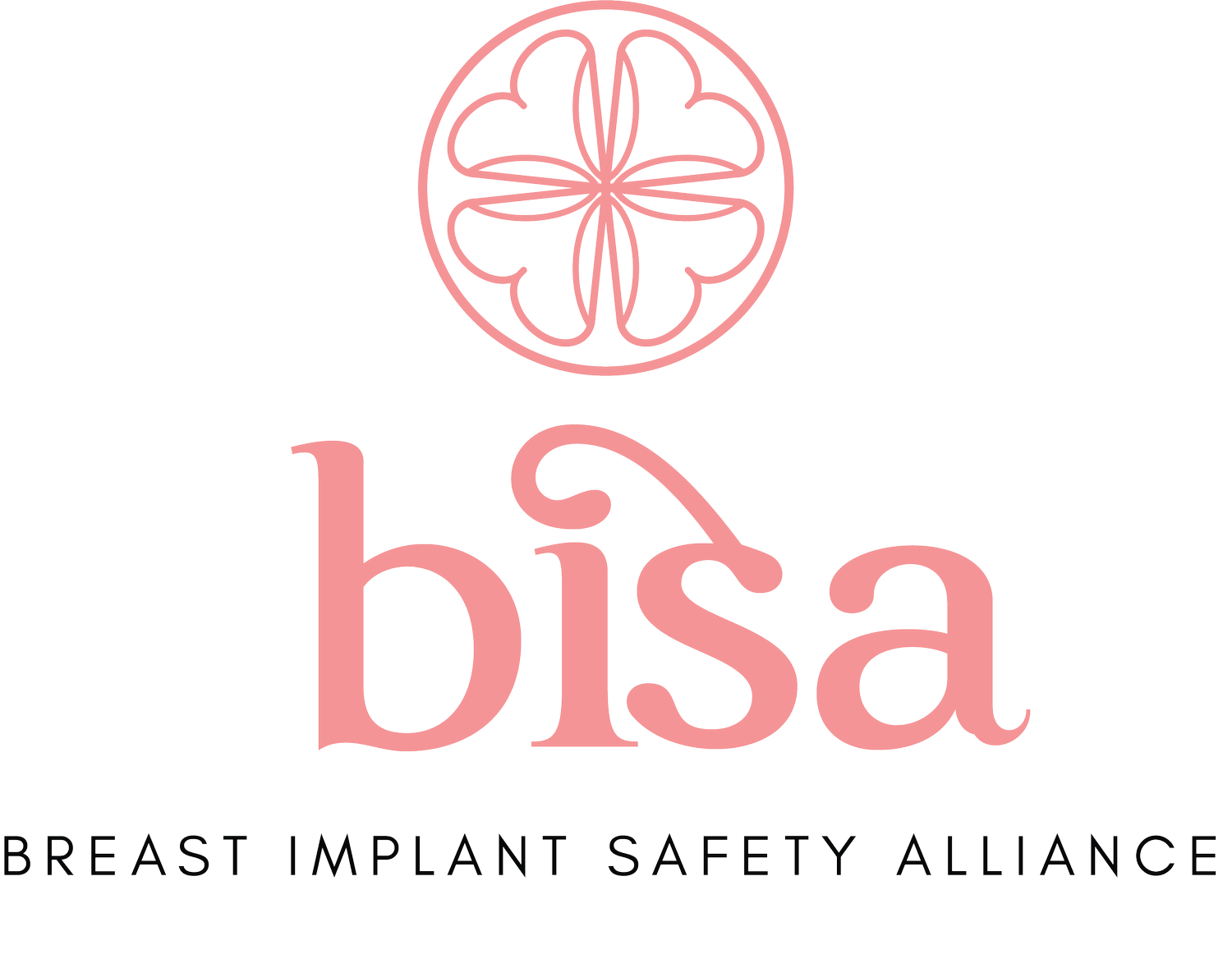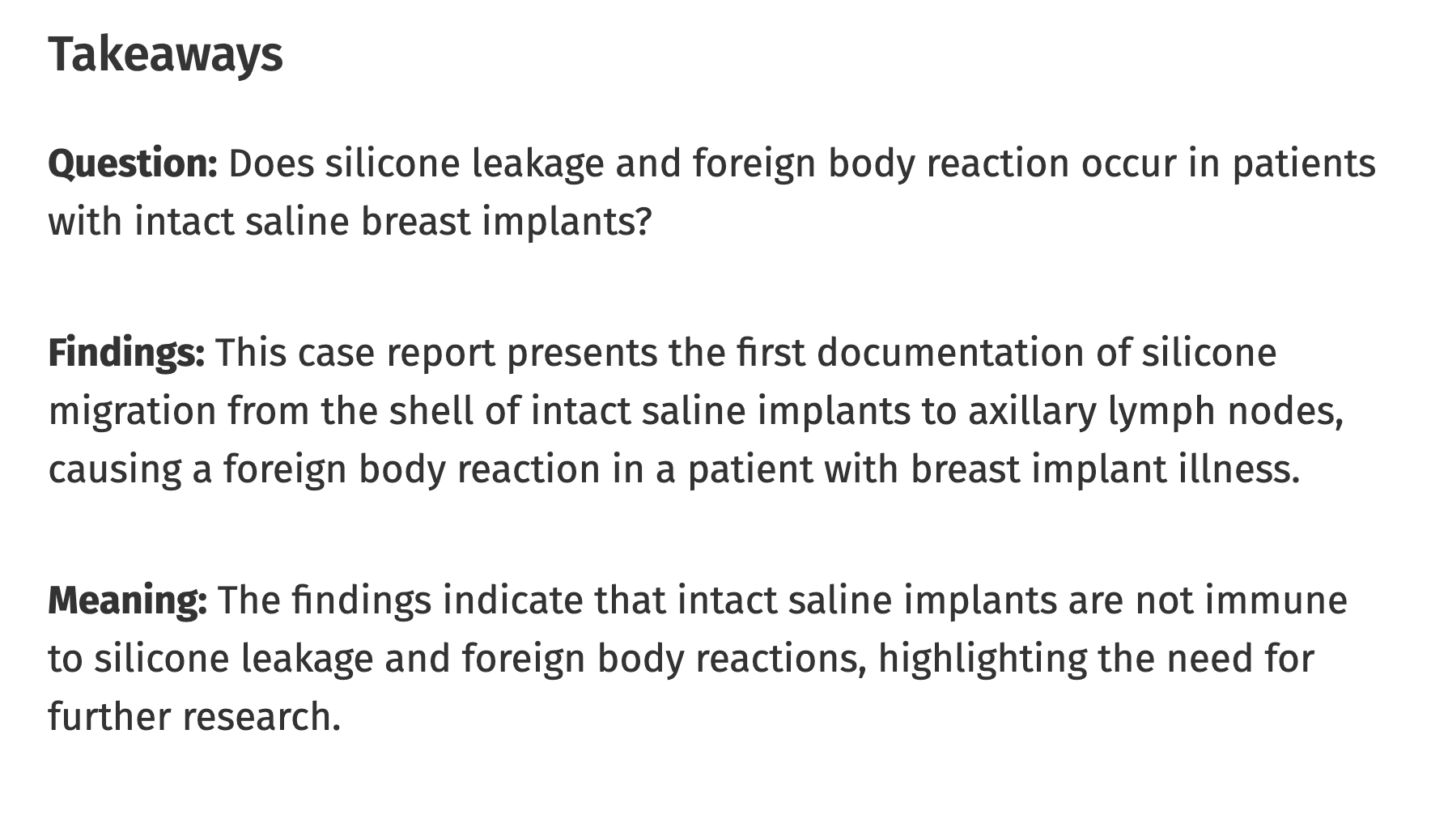Case Report: Silicone Can Migrate From Shell of Intact Saline Breast Implants
A recent case report, Silicone Migration from Intact Saline Breast Implants, published in the journal Plastic & Reconstructive Surgery - Global Open comes from a team at Amsterdam University Medical Center. Learn more about the case report here.
What is the recent case report about?
The report discusses silicone migration from intact saline breast implants, causing foreign body reactions.
What does this mean?
This suggests that all silicone breast implants (both saline and silicone) can leak silicone from the shell. Silicones can provoke a reaction from the immune system. This can maybe explain the symptoms of breast implant illness, but more research is needed.
What is breast implant illness (BII)?
BII refers to a range of symptoms including local complaints like capsular contracture and pain, and systemic complaints like fatigue and brain fog.
How are silicone breast implants made?
All silicone breast implants consist of a silicone shell.
Should I check for silicone in my lymph nodes?
It is not necessary to check for silicone in the lymph nodes if you do not experience any symptoms.
What symptoms were experienced by the patient?
The patient experienced fatigue, joint pain, muscle weakness, sciatica, brain fog, and pain in her left breast area.
What tests were conducted on the patient?
Physical exams, ultrasound, and MRI were performed, revealing silicone deposits in the axillary lymph nodes.
What did the biopsy of the lymph nodes reveal?
The biopsy showed the presence of silicone particles, indicating migration from the saline implants' shell and triggering a foreign body reaction.
What are the implications of silicone migration from saline implants?
It challenges the assumption that only ruptured silicone gel-filled implants pose health risks and emphasizes the importance of regular screening and monitoring for implant patients.
What should patients and healthcare providers take from this report?
They should be aware of potential complications, including silicone migration from saline implants, and the need for further research into breast implant safety.


